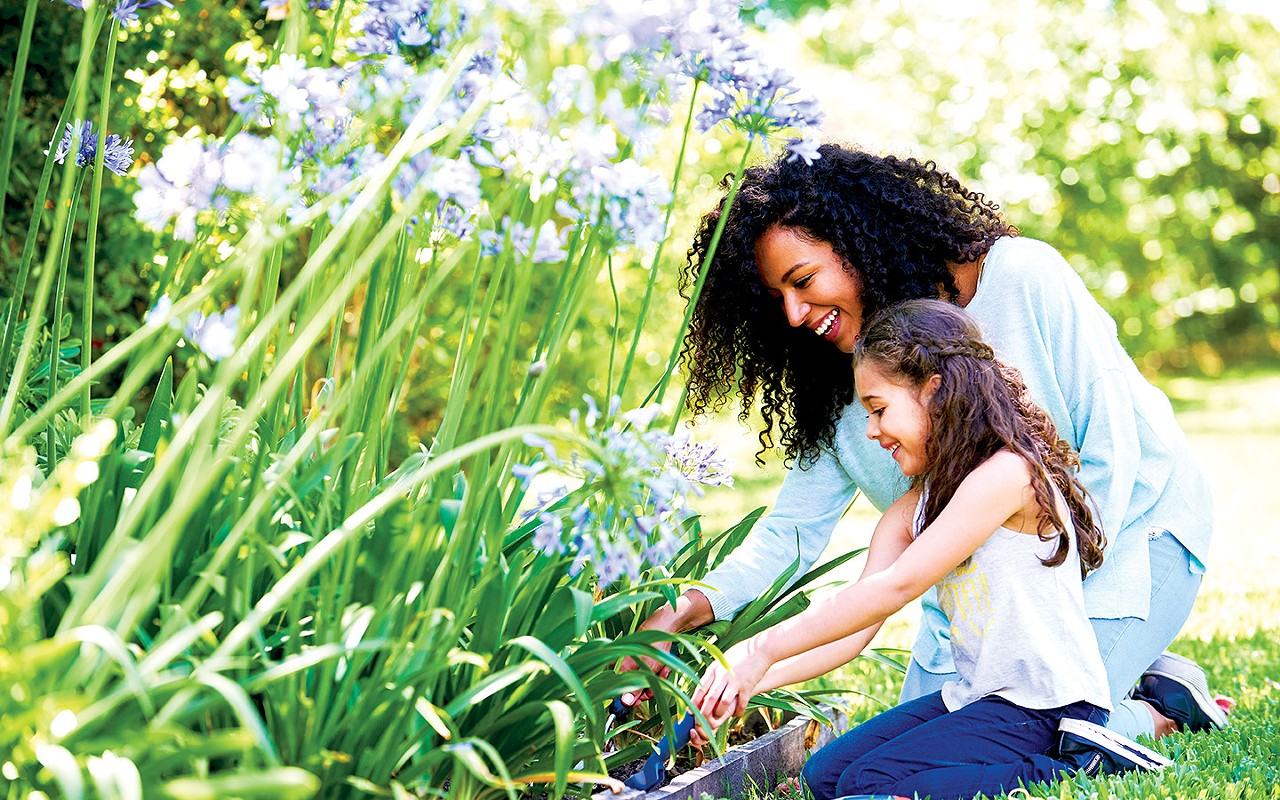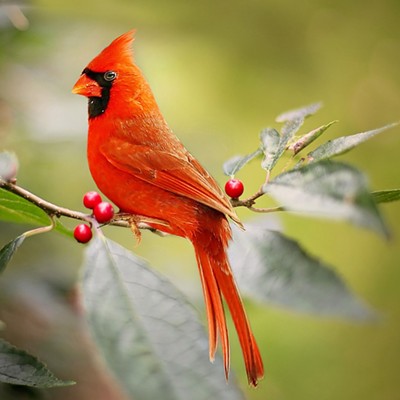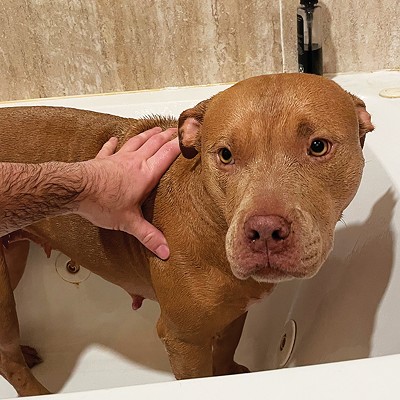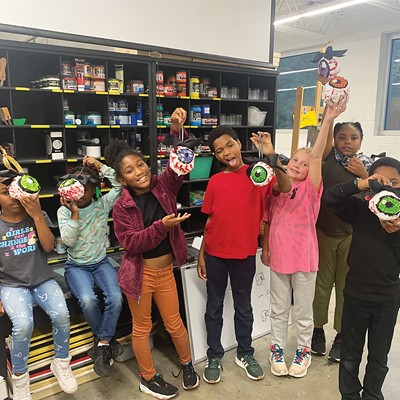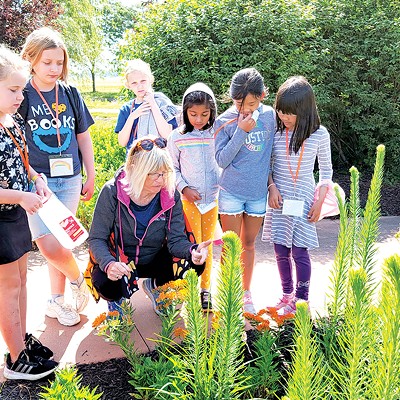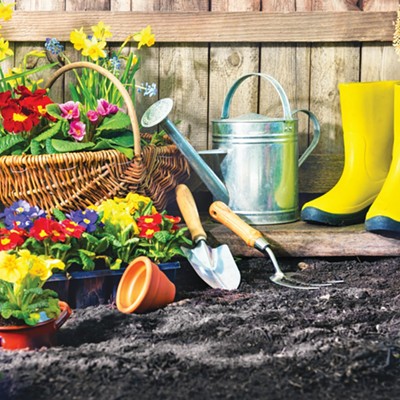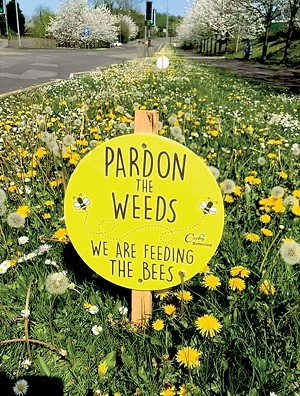
"A lawn is nature under totalitarian rule." – Michael Pollan
Low-impact landscaping is a broad term that describes a rethinking of the traditional American lawn. Fading away are the ideals of a weed-free, insect-free emerald green lawn perpetually cut to two inches in height. Coming into focus is the idea that the 40 million acres of American lawns are an ecosystem, and we can recover, regenerate and support this ecosystem by making better choices.
Traditional American lawns have taken a hit in recent years as the desire to make impactful personal choices to improve sustainability has grown. High-impact landscaping, including lawns, uses an exorbitant amount of water, much of which is wasted through evaporation and runoff. It also contributes heavily to greenhouse gas emissions, with garden equipment engines making up about 5% of our nation's total air pollution.
Not only do monoculture lawns lack the biodiversity to support pollinators and other insect life, the chemicals used in controlling weeds and insects such as mosquitoes have contributed to a massive insect decline, estimated at 2% globally per year. While no one may miss mosquitoes, the decline in pollinators and summer favorites like fireflies has been noticeable and disheartening.
After facing the environmental consequences of high-impact landscaping, many Americans are eschewing the traditional lawn and pursuing other, more environmentally friendly options. There are a variety of approaches that may work for you and your lawn that will help make this world a better place for all of us.
One of the easiest first steps is to cease the application of pesticides and herbicides. A lawn containing flowering ground covers is not only appealing to the eye but is also much healthier for any insect or other animal (including humans) coming into direct contact. Decreasing pesticide use directly supports native bees and honeybees, as well as other pollinators.
No Mow May is becoming a national movement to allow spring's first flowers to feed spring's first emerging insects. A natural lawn may see a roving kaleidoscope of flowering ground covers, some native and some not, but all feed insect life.
Once flowering ground covers have peaked, cutting grass usually follows. Many choose to set their mowers higher, such as to four to five inches, and to mow less often. Some view these kinds of lawns as messy and lazy but others see them as a restorative contribution to diversity and life.
Installing no-mow grasses and leaving grass clippings to decompose in place are also good options. Clover is a plant which fixes nitrogen into the soil and can be used instead of chemical fertilizers. There are native clovers as well as non-native clovers, both of which support insect life.
Installing rain barrels to complement a natural lawn can greatly reduce water consumption. Currently Americans use about nine billion gallons of water daily for landscaping, but capturing runoff from roofs during the wet season and using it for landscape support in the dry season can greatly reduce this usage.
A rain garden is a planting situated in a low spot or near a downspout that captures runoff and sinks it into the ground. Rain gardens are usually mulched and often utilize native plants that have evolved with intermittent flooding cycles and deep roots to help absorb water.
In fact, replacing lawns with native plants is the ideal when it comes to low-impact landscaping. Native plants are the best at supporting native insect populations and have evolved to thrive in our variable climatic conditions and soils. Whether a native planting is neat and ordered, or more chaotic like a natural prairie, the support given to a diverse population of native insects and animals is exactly what is needed to counteract decades of the detrimental effects of American lawns.
Native plants can be found at a variety of garden centers, but look carefully to ensure that any given plant is not a cultivar of a native species. Native plant groups such as the Illinois Native Plant Society (INPS) provide a wealth of information on how to grow what and where.
INPS as well as places like Lincoln Memorial Garden offer native seedlings as part of fundraising efforts. Mason State Tree Nursery offers native plant seeds in bulk. A variety of native plant landscape designs are available for free on Wildones.org.
One last bit of low-impact landscaping advice is to use permeable hardscaping when possible. There's no need to rip out a concrete patio, but if installing a new hardscape, look for permeable pavers which allow rain to soak into the ground beneath instead of contributing to runoff.
Everyone starts with a first step and works toward their ideal. No matter where you are in this journey of reimagining the American lawn, we all benefit from making sustainable choices.
Carey Smith is passionate about pollinators and integrates them into her personal and professional life however possible.

